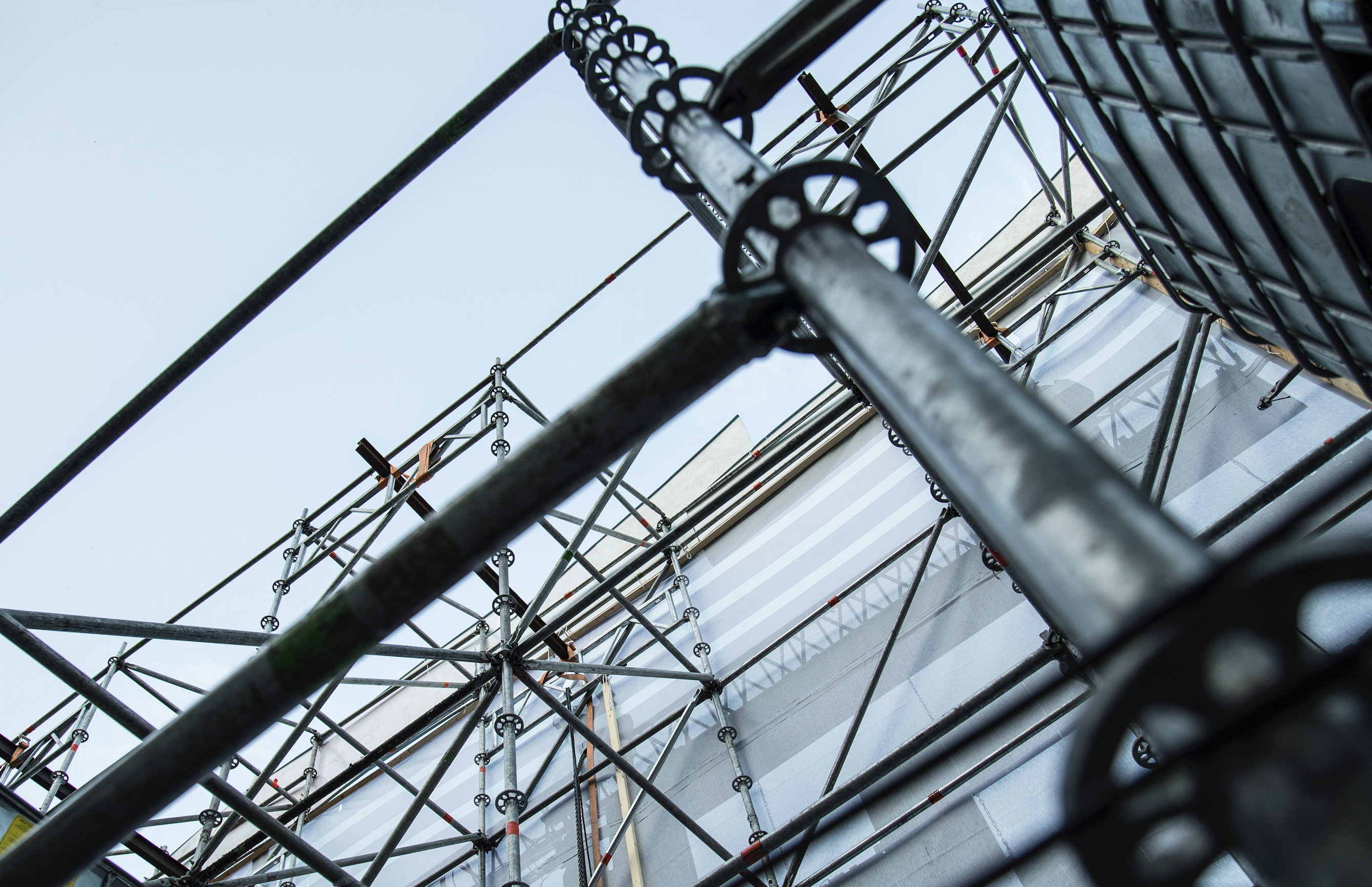Unvetted contractors may offer to complete a property repair or restoration job for less money, but enlisting tradespeople without the trusted oversight of a repair network brings additional risks — and possibly higher costs in the long run. That first installment in our blog series highlighted some of the human risk factors; here, we will focus on risks related to the construction materials used.
Quality and sourcing
The tragic Grenfell Tower fire of 2017, in which 72 Londoners lost their lives and hundreds more were injured, highlighted the potentially dire consequences of using inappropriate or inferior building materials. Subsequent investigations into the mass casualty event revealed that the low-cost materials used in the tower’s cladding did not comply with regulatory requirements and significantly contributed to the fire’s rapid spread. Better oversight of the construction process and selection of the building materials would likely have limited the scope of the fire damage.
That kind of quality oversight is a major advantage of working with contractors vetted by an insurance repair network. Management has strong professional backgrounds in construction and works to ensure tradespeople do not cut corners when it comes to the safety and durability of materials — both to prevent future losses and to protect human welfare.
Another critical aspect of materials that vetted networks oversee is sourcing. Network management protects against the purchase of building materials through black or grey markets, where quality and reliability are difficult to verify. Further, many networks require that contractors’ materials be ethically sourced — manufactured in environments that uphold human rights, provide safe and healthy working conditions, pay fair wages, and practice sound business ethics. Repair networks’ efforts to ensure proper quality and sourcing may mean somewhat higher materials costs on the front end, but the possible human cost of neglecting these protections is far greater.
Environmental footprint
According to the UK Green Building Council, construction is responsible for 25% of the country’s carbon emissions. The industry is under pressure to increase its commitment to sustainability. Additionally, many corporations — including insurance companies — are heavily focused on environmental, social and governance initiatives to build brand goodwill and put their values into practice for the good of humanity and the planet. Oftentimes, these ESG efforts involve setting organisational targets for carbon-footprint reduction, and a range of stakeholders — regulators, boards, investors, employees, job candidates and the public at large — are holding companies accountable.
Building contractors may be well-intentioned in doing their part to promote sustainability, but many are small entities without ample resources to tackle this complex challenge. They don’t have the know-how to identify feasible greener-alternative building materials or the buying power to procure them for reasonable rates. The centralised resources of a managed network can offer a particular strategic advantage here. Leading networks have sustainability experts and resources to support contractors and insurers in reducing the environmental impact of repair jobs and property claims and pursuing their emissions goals.
By way of example, Sedgwick’s UK repair solutions recently introduced a carbon value calculator that quantifies the emissions of building repairs on property damage claims. The tool applies CO2 emissions values to materials, labour and plant on a per-line basis, helping insurers understand not just the financial cost of each repair, but also its environmental impact. The calculated data simplifies offsetting strategies and is designed to help customers evaluate the impact of opting for greener alternatives in pursuit of their net-zero goals. This is the type of innovative resource to which independent contractors (and many insurers) wouldn’t have access without utilisation of a managed repair network. (For more on reducing the environmental impact of property claims, see our colleagues’ earlier post on the blog.)
An additional environmental concern is the troubling practice known as “fly-tipping,” or the illegal dumping of waste materials on land or in water not licenced to accept it. Regrettably, some contractors inappropriately dispose of construction waste this way to save the time and costs associated with safe and proper disposal. Managed repair networks work to ensure their contractors do not engage in fly-tipping — instead building in adequate costs to allow for proper waste disposal.
Providing true value
Price is, of course, an important factor in selecting a contractor partner for a repair job, but it is not the only factor worth considering. With rising labour and materials costs, a repair estimate that’s significantly below the current market rate is probably too good to be true.
Insurers and property owners must use further discretion in identifying partners that align with their values and will use quality materials to complete quality work. Turning to vetted contractors that belong to well-managed networks offers the highest likelihood of the job getting done right, for a fair price and in a way that protects both human and natural resources.
> Learn more — read about Sedgwick’s commercial repair solutions (which use only licensed and vetted contractors) for the UK and U.S. markets

